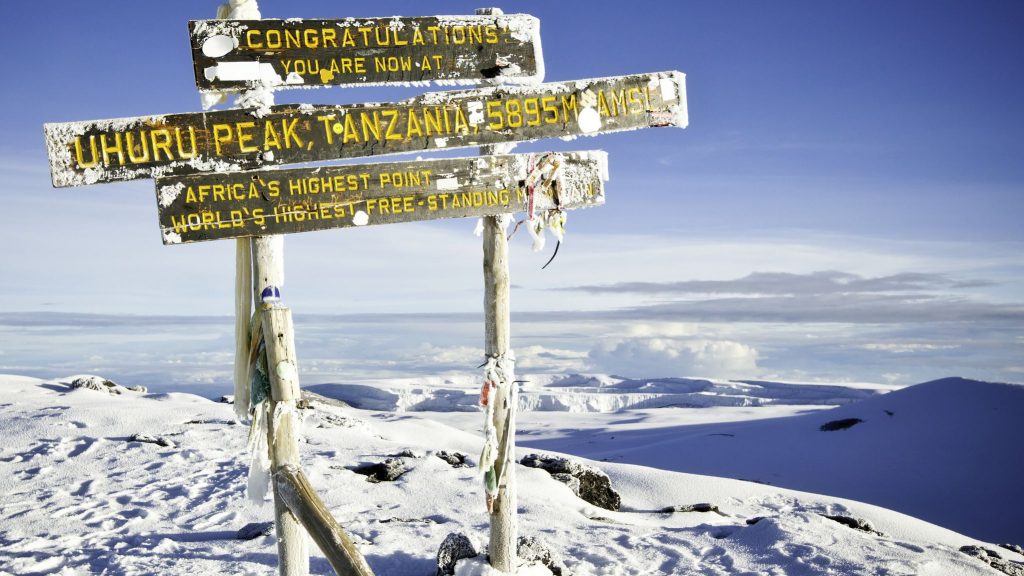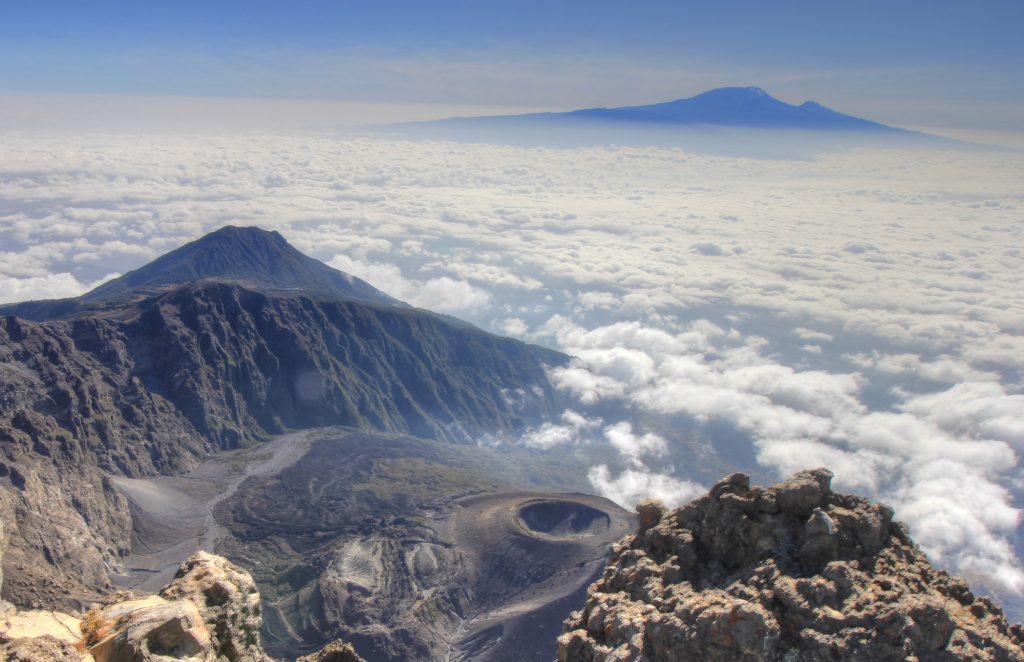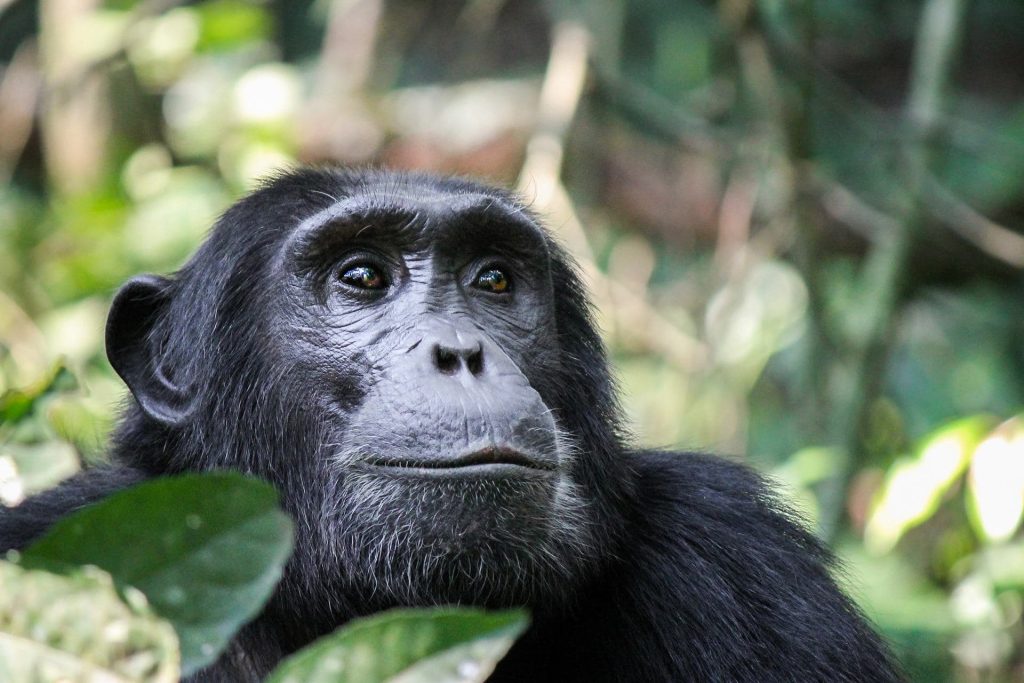- Moshi - Tanzania
- +255 788 777 244 / +255 766 237 161
- info@giraffeexpeditions.com
- Home
- Safaris
Our Top African wildlife safari tour packages
Discover the best countries for your wildlife safari.
Tanzania
Safari Packages
Uganda
Safari Packages
- Trekking
Kilimanjaro
Trekking
Mount Meru
Trekking
Udzungwa
Mountains
- Destinations
Northern Circuit
Tanzania
Southern Circuit
Tanzania
Western Circuit
Tanzania
- Home
- Safaris
Our Top African wildlife safari tour packages
Discover the best countries for your wildlife safari.
Tanzania
Safari Packages
Uganda
Safari Packages
- Trekking
Kilimanjaro
Trekking
Mount Meru
Trekking
Udzungwa
Mountains
- Destinations
Northern Circuit
Tanzania
Southern Circuit
Tanzania
Western Circuit
Tanzania
- Moshi - Tanzania
- +255 788 777 244 / +255 766237161
- info@giraffeexpeditions.com
TANZANIA CULTURAL TOURISM
OVERVIEW
Cultural Tourism in Tanzania includes safaris into the country by travellers who are interested in culture heritage and history of the different tribes in Tanzania.
Tanzania is a home of 120 ethinic group, find itself having the crucial potentiality of organizing and conducting cultural tourism.
Due to the peaceful, humble, harmonious and self esteemed people, it’s easier to collaborate with local resident to form different cultural tourism enterprises without conflict among them.
INQUIRE THIS TOUR
A cultural excursion or a stay among local communities is likely to become one of the most rewarding experiences of a holiday in Tanzania. Cultural Tourism is a pro-poor, community based tourism initiative that gives a chance to locals to organize excursions or tours in their natural environment and in turn understanding its value for economical development. With some creativity and commitment, cultural tourism presents an opportunity for the poor to develop projects that can offer prospects of a brighter future. This in turn ensures that the local population pays more attention to their environment and its wildlife and in future be more receptive to engage in its protection.
As a visitor to Tanzania or any of our neighboring countries, enquire about the cultural tourism activity in that area. Tanzania is a fascinating fusion of cultural influence of more than 100 ethnic groups. Wherever you go, you can take advantage of opportunities to get to know new people, traditional food and culture without having to leave the border.
Some of Tanzania’s best known Cultural Tourism Destinations include Cultural Safaris. A cultural safari consists of staying in local guesthouses, eating local ethnic food and absorbing the culture of the people who have lived in the area for years. The day is usually spent trekking and visiting farms, houses and local entrepreneurial or development projects.
MAASAI CULTURE
The Maasai people are monotheistic, and their God is named Engai or Enkai. For Maasai people living a traditional way of life, the end of life is virtually without a formal funeral ceremony, and the dead are left out in the fields for scavengers. Burial has in the past been reserved for great chiefs only, since it is believed by the Maasai that burial is harmful to the soil.
Traditional Maasai people’s lifestyle concentrates on their cattle which make up the primary source of food. Amongst the Maasai and several other African ethnic groups, the measure of a man’s wealth is in terms of children and cattle. So the more the better.
A man who has plenty cattle but not many children is considered to be poor and vice versa. A Maasai myth says that God afforded them all the cattle on earth, resulting in the belief that rustling from other tribes is a matter of claiming what is rightfully theirs, a practice that has now become much less common.


THE HADZABE CULTURE
The Hadzabe are a nomadic tribe, which means if you travel to Lake Eyasi Lake on your own, you may not meet them at all. The best way to visit the Hadzabe tribe of Tanzania is to book with a tour operator. They have the skills to ensure that you have a great experience. A local guide will take you to Lake Eyasi, staying with you the entire time and translating the traditional Hadzabe language as you meet these unique people.
Their language is called Hadza and is a unique language that sounds like clicks they make with their tongues. Listening to them speaking is really an experience by itself and if you try to twist your tongue like they do you will realize how different and difficult the language is from what we know.
When you visit the Hadzabe tribe, you’re experiencing their real way of life – there is no show the Hadzabe put on for the sake of tourists. This means that you’ll be completely immersed in the way they live.
When you visit with the Hadzabe you’ll be able to go hunting with the men of the tribe, seeing firsthand how these proud people have survived for years in the wilderness. The men typically hunt at dawn and dusk, a time when wild animals approach nearby watering holes. They use bows and arrows that have been dipped in poison made from the Adenium shrub.
Hunting with the Hadza is a one of kind experience that will be one of the highlights of your trip. Visiting with the Hadzabe tribe in Tanzania is the ideal way for you to connect with a culture whose traditions are almost reverent in their simplicity. Not only will you see the beautiful scenery around Lake Eyasi, but you’ll also learn how to forage for fruit and berries, how to use a bow and arrow, and how to cook over an open fire. Spending a day with this tribe is an experience you’ll never forget.
DATOGA CULTURE
The Datoga people live in the vicinity of Lake Eyasi in northern Tanzania in the Rift Valley. They are skilled farmers and craftsman.
History and Linguistics
The migration history of the Datoga people is based on comparative linguistics and the oral traditions of the Datoga. Linguistically, the Datoga are classified as Southern Nilotes whose origins 3,000 years ago are rooted in Southern Sudan or in the western Ethiopia highlands. They migrated southwards and settled in Kenya and Tanzania. They are traditional pastoralists but eventually became agriculturalists farming in the highlands of Kenya and Tanzania around 1500 CE. The pastoral Barabaig, who speak the Datoga language, are a well known sub-tribe of the Datoga peoples. They reside near Mount Hanang in the volcanic northern highlands of Tanzania. Mount Hanang is sacred mountain to the Barabaig and is the focus of many of its myths and songs.
Cultural Identity and Features
The Datoga are a proud people and have a reputation as being fierce warriors. Young Datoga men prove themselves by killing any human being who was not a Datoga and, therefore, considered an enemy. They also proved themselves by killing a dangerous wild animals, such as a buffalo, lion, or elephant. The Datoga adapt to their new environments and dress in reddish brown color of soil. The colorful reddish color clothing worn by Datoga women are patched leather dresses. They also wear bead work, brass bracelets, and necklaces. The Datoga are also distinguishable by their decorative tattooing in circular patterns around their eyes.


CHAGGA CULTURAL TOUR
Chagga are located in north part of Tanzania , the lives around base and slope of Kilimanjaro. The Chaga also called Wachaga, Chagga, Jagga, Dschagga, Waschagga, or Wachagga) Their relative wealth comes from not only the favorable climate of the area, but also from successful agricultural methods which include extensive irrigation systems and continuous fertilization practiced for thousands of years.
They were one of the first tribes in the area to convert to Christianity. This may have given them an economic advantage over other ethnic groups, as they had better access to education and health care as Christians, E, Christopher (2002), P. H. Gulliver (1969).
Traditional food
Chaga grows banana, potatoes,yarm beans, peas, red millet and bananas.Traditional food for chagga is Mtori, kitawa, Macharali, Ng’ande, Kiumbo, Ngararimo, Shiro, Ndafu. The chagga brew a delicious drink called Mbege, which is made of millet and bananas and left to ferment for 10 days prior to festivities.
Cultural heritage
Traditional Chagga instruments include wooden flutes, bells, and drums. Dancing and singing are part of almost every celebration.
Quick Link
Userful Links
“Provide high level of Services with Honesty and Integrity to all people regardless of differences in mankind”

- P.o.Box 6941 Moshi Kilimanjaro- Tanzania
- info@giraffeexpeditions.com
- +255 788 777 244
“Provide high level of Services with Honesty and Integrity to all people regardless of differences in mankind”









